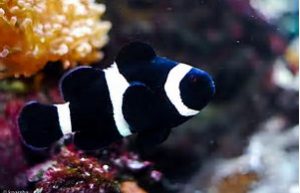
We are only three weeks into Blue Planet 2 and what a wonderful treasure trove of viewing it has been. I thought I knew a few things about animals (after all I have been to the Great Barrier Reef) but nothing could have prepared me for the antics of some of these marine species. The most surprising aspect for me of the series so far is the intelligence exhibited by an array of fish. Who knew fish were so resourceful?
We have witnessed an alien-lookalike cuttlefish hypnotising a crab by its rapid change of pigment in its skin (cuttlefish vs crab) a grouper and an octopus working together to catch and eat smaller fish; the grouper hangs nonchalantly around the octopus then turns his own skin pale in an attempt to attract the octopus’ attention. Our eight-legged friend then enthusiastically jumps into line, extending its tentacles into multiple crevices to probe. The result? The little fish swim out into the waiting jaws of the grouper (grouper and octopus teamwork) We have the permanently-surprised orange-spotted tusk fish which uses the same piece of coral as an anvil to break open clam shells (colourful fish using tools) And the giant trevally leaping out of the sea to catch and eat sea birds (predator fish leaping from water) “Here we have a fish with a brain capable of calculating the airspeed, altitude and trajectory of a bird” says David triumphantly.
I also have to squeeze in the wrasse, of which the largest females change gender after maturity and then fight off and replace the dominant males (this isn’t technically about being clever – or perhaps it is?) (trans-gender fish)
But no reef sequence would be complete without a clown fish (think black and white version of Nemo); this family work together to shift a coconut shell along the sea bottom, turning it over and over to manoeuvre it into place, in the safety of the poisonous anemone in order to lay its eggs (family co-operation) I can’t wait to see what’s coming next.
